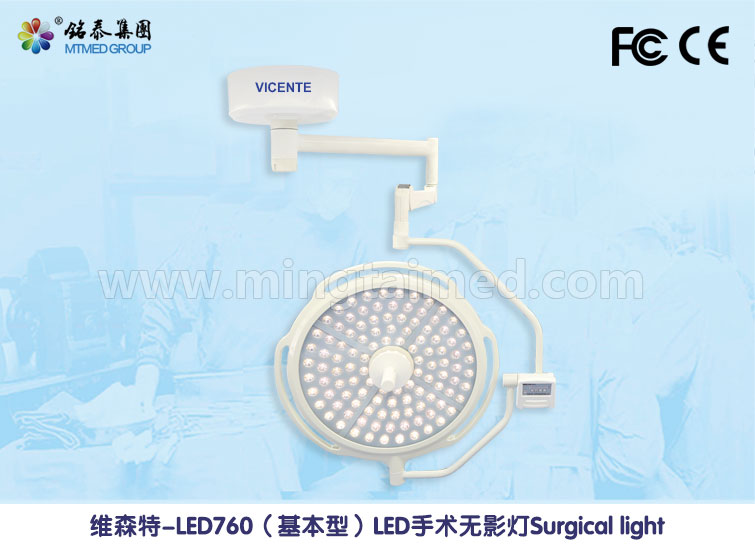Edible fungus and other plants, in the process of growth and development, when the ecological environment can not meet the minimum requirements required, it will occur metabolic disorders and mushroom distortion, which is a physiological disease. In the mycelium stage, hyphae appear to be atrophy or leggy, and in the fruit body stage it is abnormal. 1, mycosis grows. Occurring mainly in the soil layer of mushroom cultivation, the villous hyphae continue to grow on the surface of fine soil. When the hypha grows seriously, it even grows thick and forms schistosomiasis, delays mushrooming, and consumes too much nutrients. Reduce production. Hyphae appear to be long, ventilation should be strengthened, reduce the concentration of carbon dioxide and relative humidity in the air, and reduce the temperature of the mushroom house, inhibit the growth of mycelium and promote the formation of mushroom buds. If the surface of the soil or the cultivating block has formed a bacterium, the bacterium must be cut with a knife, sprayed with heavy water and ventilated, and the fruit body can still be formed. 2, mycelial shrinkage. In the cultivation of mushrooms, hyphae sometimes appear yellow, dark, atrophied or even die in the stage of germination or mushrooming. Causes: 1 Harmful: More than 3-5 days after sowing. When the heap was built, the addition of chemical fertilizer was too late. The ammonia content of the culture material was too high and resulted in death due to ammonia poisoning. C/N discomfort during compound preparation, too long fermentation time, over-mature culture material, acidification, will cause the hyphae in the culture material to shrink into thin lines; 2 water damage: overburden water in the cover soil, water leakage into the Material layer, resulting in the culture material too wet and lack of oxygen, resulting in bacteria shrinkage; 3 gas damage: high temperature and humidity conditions, accelerate the metabolism of mycelium, causing high concentrations of carbon dioxide, mycelium easily yellow death. 3, dead mushroom phenomenon. During the fruiting period, the young mushroom buds or small fruit bodies, in the absence of pests and diseases, undergo yellowing and atrophy, and stop growing or even dying. The main causes are: 1 The temperature is too high or too low, and it is not suitable for the growth of fruiting bodies. Development; 2 spray water, mushroom room ventilation is poor, coupled with high temperatures, high air humidity, lack of oxygen supply, excessive accumulation of carbon dioxide, causing mushroom buds or mushrooms suffocated; 3 fruiting too dense, in the growth process, Some mushroom buds die due to lack of nutrition, or suffer vibrations and damages when harvesting mushrooms. They also kill small mushrooms. 4 Excessive spraying times and overdose will cause osmotic pressure to rise or poisoning As a result, phytotoxic and dead mushrooms occur. 4, malformed mushrooms. The shape of the formed fruit body is irregular, such as the small length of the handle and the skewness of the handle, resulting in the cause of the deformed mushroom: 1 mechanical damage, excessive coarse-grained particles, too low part of the mushroom, and extrusion and collision with the wooden frame; 2 Insufficient light or carbon dioxide concentration in the cultivation room is too high, and the cultivation environment is too tight. Especially in winter, attention is paid only to the indoor insulation measures. The habit of doubling the oxygen demand of the mushroom body as the fruiting body is neglected, the cultivation quantity is excessively pursued, and the cultivation quantity and space are neglected. The relationship between the proportions has resulted in overcrowding of cultivated fields, poor ventilation in cultivated shelves, and high concentrations of carbon dioxide. 5, hollow mushroom. When the temperature is higher than 18°C, the water supply is insufficient, and the humidity is lower than 90%, the hollow stipe easily occurs. If the temperature is too low, the mushroom grows slowly and the mushroom stays in the bed surface for a long time, and hollow mushrooms are also produced. In order to prevent the occurrence of hollow mushroom, in the mushroom production period should pay attention to increase the amount of water spray and increase the temperature inside the mushroom house.
The shadowless light bulb use one main bulb + three spare bulb, divided into multiple independent illuminant group; every OT lamp use double CPU control, every group of LED illuminant controlled by special circuit chip, any group failure will not affect the normal use of shadowless light.
Use international advanced warm white LED as shadowless illuminant, environmental, lower energy consumption LED bulb, bulb life: ≥60000 hours
The handle on the central of operation lamp can be detachable, can take high temperature (134°C) sterilization treatment, easily adjust, flexible fixed; there is control panel located in the big and small C arm joint, with brightness tips.
For more information about Operating Light, Operating Table, Hospital Bed and Medical Pendant please visit website.

Fifth Generation LED Surgery Lamp
Fifth Generation LED Surgery Lamp,Surgical Light,Led Shadowless Lamp,Led Operating Lamp
Shandong Mingtai Medical Equipment Group Co., Ltd , http://www.mingtaic.com
